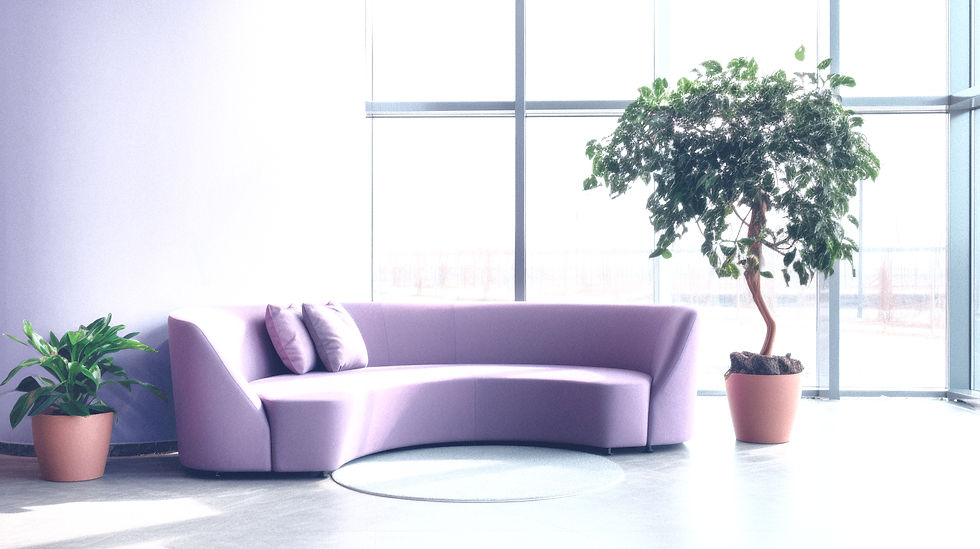When an App Wasn’t the Answer: What One SME Learned About Real User Needs
- Fatma Demir

- 30. Apr.
- 2 Min. Lesezeit
A real-world Design Thinking story from the furniture and construction sector

In the world of innovation, digital is often seen as the holy grail. But what happens when your users don’t actually want an app?
This is the story of a mid-sized company in the furniture and construction supply industry that set out to develop a mobile application for its professional customers on construction sites. The goal was clear: streamline ordering, make product information accessible on the go, and reduce manual paperwork.
It made sense, at least on paper.
The turning point: stepping into the user’s shoes
Before investing heavily in development, the team applied a Design Thinking approach to better understand its core users: site managers, logistics coordinators, and skilled workers in the field.
Through observations and interviews, the team uncovered a surprising truth:Most users didn’t want another app.Their phones were often off-limits during work. They preferred something physical, something visible, something sharable.
What happened next?
The company pivoted. Instead of launching the app, they redesigned their print catalog, smaller formats, clearer structure, tailored to different professional user groups. It wasn’t flashy. But it was exactly what the users needed.
Lessons for other SMEs
For small and medium-sized enterprises, this story is a powerful reminder that innovation isn’t about chasing trends, it’s about solving real problems in meaningful ways. Design Thinking doesn’t just generate ideas; it reveals the often-hidden gap between what companies assume their users need and what truly creates value.
Sometimes, the most effective solution isn’t digital, high-tech, or expensive, it’s the one that fits seamlessly into the daily routines of your users. And more often than not, simplicity wins.
Final thought
This case is a great reminder for any SME: before spending thousands on development, take a step back. Talk to your users. Observe them in context. You might find that the smartest innovation is the simplest one.

Kommentare